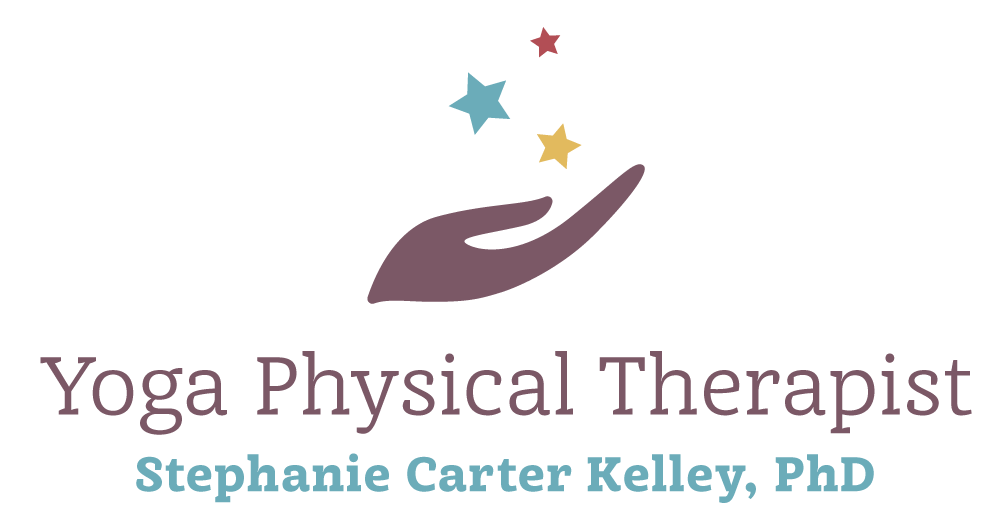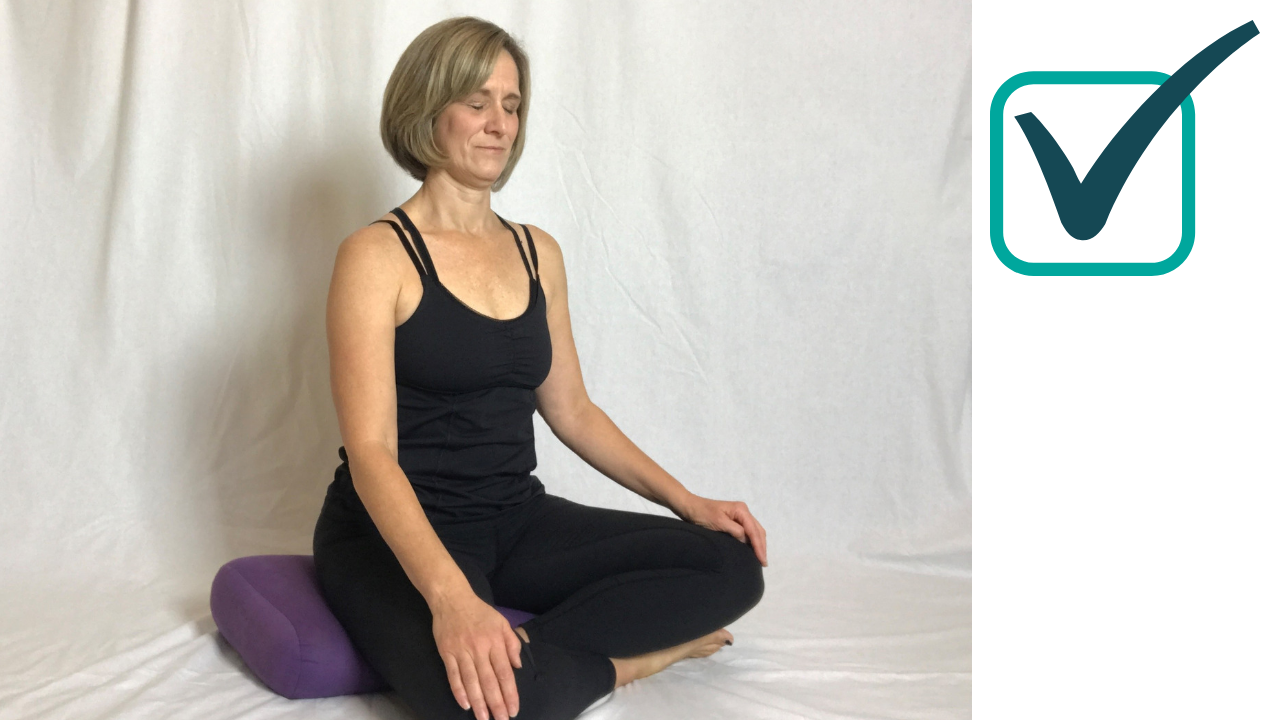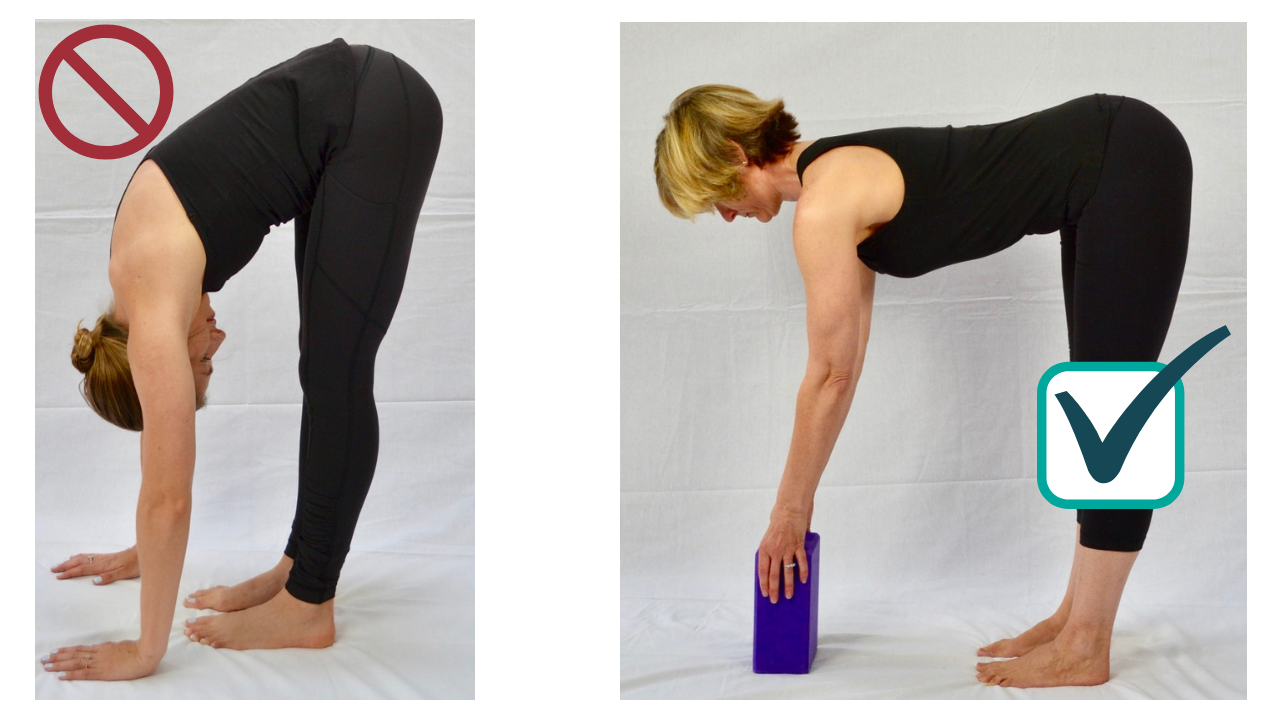Whether you have been recently diagnosed with osteoporosis or osteopenia, or have known for a while…there is so much that you CAN do for your bones!
If you don’t have a regular exercise routine…start now! Don’t Delay, Get Started Today!
If you already exercise, how do you if you are building bones or putting them at risk with the movements that you perform?
What is Osteoporosis?
Osteoporosis is a disease that leads to a decrease in the density and quality of bone. This causes bones throughout the body to become weak, fragile, and brittle putting the individual at an increased risk of fracture. Evidence reports that 1 in 3 women and 1 in 5 men 50 years and older will experience an osteoporotic fracture at some point in their life. Osteoporotic fractures are most commonly seen at the hip, spine, and wrist.
Osteoporosis has been referred as the “silent disease” due to the lack of signs and symptoms associated with it. You could be moving in ways right now that are creating damage to your bones and you don’t even know it.
Besides exercise, you can make changes to your lifestyle that can slow the deterioration of your bones: minimize alcohol consumption, quit smoking, improve body composition (less adipose and more muscle), proper nutrition to ensure adequate calcium and vitamin D (but also other essential vitamins and minerals), seek treatment for eating disorders, get moving, and improve your balance.
What types of exercise should you do:
Weight bearing and the more impact that you can tolerate the better. Jogging is better than walking. Jumping is better than stepping up/down. Planks and push ups are better than using free weights. However, you may need to build up strength and tolerance to be able to perform the higher levels of impact.
Muscle strengthening with resistance training. The heavier that you can lift, the better. Again, you will need to build up strength over time. But don’t stop progressively lifting more and more weight with excellent form, i.e. straight spine for squats and other lifts.
Balance Training because falling increases your risk for breaking a bone. Train for both static (standing still on 1 leg) and dynamic (walking heel/toe) balance. Train to the level of your activities and beyond. That way you can keep progressing your activity level with confidence.
What types of exercise do NOT build bones:
Water aerobics or swimming reduce weight bearing and impact. Though this may feel good for arthritic joints, these activities will NOT build bone.
Cycling. In fact, the bent or rounded position of cycling has the potential to harm the spine.
Lifting light weights or using low level resistance bands for 20-30+ repetitions. This level of resistance will not provide muscles strength gains, nor will it build bones.
Doing the same exercise routine over and over again. You body like and adapts to novel movements so MIX it up!
Yoga may or may not BUILD Bones…it depends!
So may types of yoga exist. A gentle yoga class may be great to reduce your stress and rid the body of chemicals that keep you from building bone. However, the gentle movement will not stimulate bone growth.
If yoga is a new activity for you, it can help you find new movement in your joints and muscles and this is great as you progress to true bone building exercises. Yoga may also help you feel the activation of muscles that you haven’t felt before and help you bring awareness to the posture or position of your spine. Interoception, the ability to feel what the body is doing, will help you move in ways that keep your bones safe.
A more vigorous practice of yoga that includes strength training can help build bones. Again, you may need practice with the movements of yoga before you can progress to making a strength training type of exercise.
What you need to know to safely participate in yoga!
Caution is advised for individuals with osteoporosis who participate in ANY type of physical activity. However, caution does not mean you should stop moving all together. Movement is still key with a large emphasis on SAFE movement.
To promote safe movement during yoga, poses should focus on maintaining spinal alignment and avoiding forced spine flexion or rounding. Props such as bolsters, foam blocks, chairs, belts, and blankets can be utilized to assist with modifications during the session. There is “no one size fits all” in yoga, which is why modifications are necessary! This may require a consultation first with a Physical Therapist. A Physical Therapist can help you modify exercise and yoga for safe participation. Once you understand modifications and limitation, you and your yoga instructor can work together as a team to determine appropriate modifications that allow for safe participation in yoga.
Individuals with osteoporosis or osteopenia should avoid movements that involve extreme end range of spine motion in forward bending twisting.
It is important to be mindful and aware of the position your body is in when transitioning in and out of poses. For example, when transitioning from lying on your back to sitting, the “log roll” technique is often recommended to decrease the stress to the spine. With appropriate modifications and education, individuals with osteoporosis or osteopenia can safely participate in yoga!
Top 4 Modifications for Yoga
1. Avoid sitting on the floor with unsupported rounded posture: Modify by sitting on a bolster with the hips positioned above the knees
Elevate hips above knees in sitting to keep back straight
2. Avoid forceful forward bending of the spine to end range of motion
3. Avoid forceful twisting of the spine or hips to end range of motion
4. Be aware of your body position when transitioning in and out of poses
If you are interested in yoga but don’t know where to start, Dr. Stephanie has a few resources that can help guide you through the process! If you feel like you need more information and want to manage things on your own, you will enjoy Dr. Stephanie’s Build Better Bones package of classes. It includes 10 classes that are safe for your bones and will help you progress strength and mobility over time. Watch the lesson to learn more!
If you like the group setting and accountability to show up each week for exercise guaranteed to build better bones, join Dr. Stephanie’s online therapeutic movement studio: Nourish to Flourish.
If you like to get personal recommendations about your movements and focus on your specific goals, then give Dr. Stephanie a call to set up a private session today! Her ability to evaluate and treat clients with a holistic approach is a skill that many healthcare professionals have not fully grasped! Dr. Stephanie truly cares for her clients and spends the extra time digging deeper to determine the root of the problem. She will blend physical therapy with her expertise in yoga and exercise to come up with a plan that is right for you!





